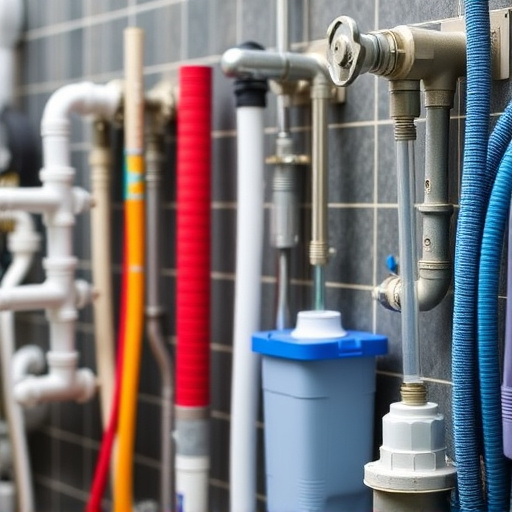Jones Plumbing highlights the dual benefits of pipe insulation wraps: thermal and acoustic insulation. These wraps maintain water temperature, reduce noise transmission, protect pipes from extreme fluctuations, corrosion, and freezing, enhancing system efficiency and longevity. The company offers various types, including foam, fiber glass, and metalized films, tailored to specific needs. Proper installation techniques, such as accurate measuring, using recommended fasteners, and overlap joints, ensure optimal performance of these critical plumbing components.
“Discover the transformative power of pipe insulation wraps with the Jones Plumbing Guide. This comprehensive article explores how these innovative solutions enhance plumbing systems, offering numerous benefits like improved energy efficiency and reduced temperature fluctuations. We delve into various types and materials, ensuring you choose the perfect fit for your needs. Learn essential installation tips to achieve optimal performance and keep your pipes protected with expert advice from Jones Plumbing.”
- Understanding Pipe Insulation Wraps: Jones Plumbing Guide
- Benefits of Using Insulation Wraps in Plumbing Systems
- Types and Materials of Pipe Insulation Wraps Explored
- Installation Tips for Optimal Pipe Insulation Performance
Understanding Pipe Insulation Wraps: Jones Plumbing Guide
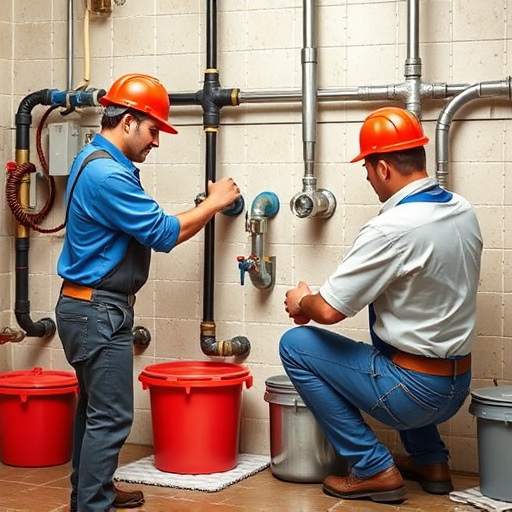
Pipe insulation wraps are an essential tool in the plumbing trade, and at Jones Plumbing, we understand their significance. These wraps serve as a protective layer for pipes, offering both thermal and acoustic insulation. By enveloping pipes, they prevent temperature fluctuations, ensuring efficient hot or cold water delivery. This is particularly crucial in longer pipe runs where heat loss can occur.
Additionally, pipe insulation wraps reduce noise transmission, making them ideal for residential and commercial settings. The wrapped pipes minimize the annoying sounds of water flowing through walls and floors, enhancing comfort and peace of mind. At Jones Plumbing, we recommend using high-quality insulation wraps to guarantee long-lasting performance and customer satisfaction.
Benefits of Using Insulation Wraps in Plumbing Systems
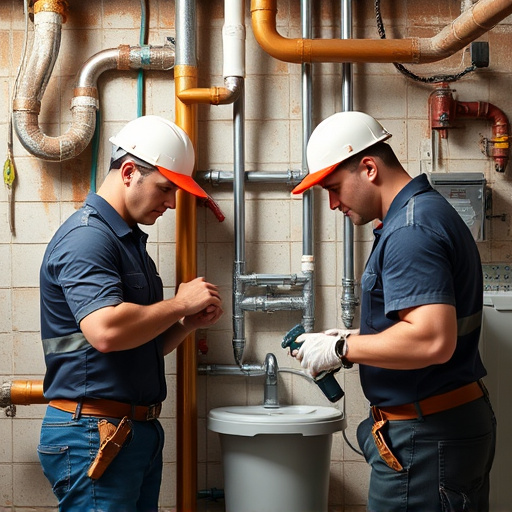
Pipe insulation wraps offer numerous advantages for plumbing systems, making them a smart choice for both residential and commercial installations. One of the key benefits is temperature control. These wraps help maintain ideal water temperatures, ensuring efficient heating or cooling processes and reducing energy wastage. By insulating pipes, you prevent heat loss during cold weather, keeping hot water hotter for longer, and vice versa during warmer months.
Additionally, insulation wraps provide excellent soundproofing, minimizing the annoying sounds associated with plumbing systems like dripping water or banging pipes. This is particularly advantageous in multi-story buildings or noise-sensitive areas. Jones Plumbing often recommends these wraps to enhance customer satisfaction by creating quieter, more comfortable living spaces. Moreover, they contribute to improved pipe longevity by protecting against extreme temperature fluctuations, corrosion, and freezing, thus reducing the risk of costly plumbing emergencies.
Types and Materials of Pipe Insulation Wraps Explored
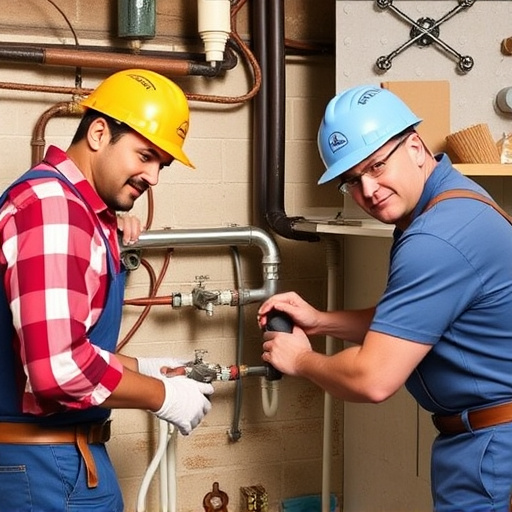
Pipe insulation wraps are an essential component of any plumbing system, offering both performance and safety benefits. At Jones Plumbing, we explore a variety of types and materials to cater to diverse needs. One common type is foam insulation, known for its excellent thermal resistance, making it ideal for temperature-sensitive fluids. This lightweight material is easy to install and provides good sound absorption, reducing noise transmission through pipes.
Another popular choice is fiber glass insulation, renowned for its durability and fire resistance. It’s a great option for high-temperature applications, offering long-lasting protection against heat transfer. Additionally, metalized films are used for wrappings due to their superior reflectivity, helping to maintain cold temperatures in icy climates. These materials vary in thickness, R-value (insulation rating), and installation methods, allowing professionals like Jones Plumbing to select the perfect fit for every plumbing project.
Installation Tips for Optimal Pipe Insulation Performance
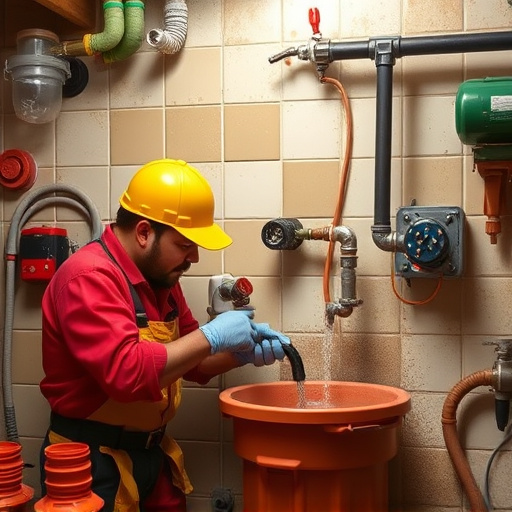
When installing pipe insulation wraps, ensuring proper technique is key for optimal performance from your insulation. Start by measuring and cutting the wrap to fit snugly around the pipe, allowing for a few extra inches at both ends for secure fastening. Use adhesive or mechanical fasteners as directed by the manufacturer to ensure the wrap stays in place during installation.
For best results with Jones Plumbing pipe insulation wraps, follow these tips: keep the pipe surface clean and dry before application, overlap joints by at least 2-3 inches to create a continuous insulation layer, and avoid tight bends or kinks that could disrupt the insulation’s effectiveness. Regular inspection of installed wraps is also recommended to check for any signs of damage or shifting over time.
Pipe insulation wraps, as outlined in the Jones Plumbing Guide, offer a simple yet effective solution for maintaining optimal plumbing system performance. By understanding their benefits, exploring various materials, and following proper installation tips, homeowners and plumbers alike can ensure pipes remain efficient and protected. Incorporating these wraps into your plumbing strategies is a smart step towards energy conservation and longer-lasting systems, recommended by experts at Jones Plumbing.
